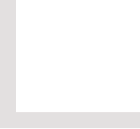SupremePunk #071
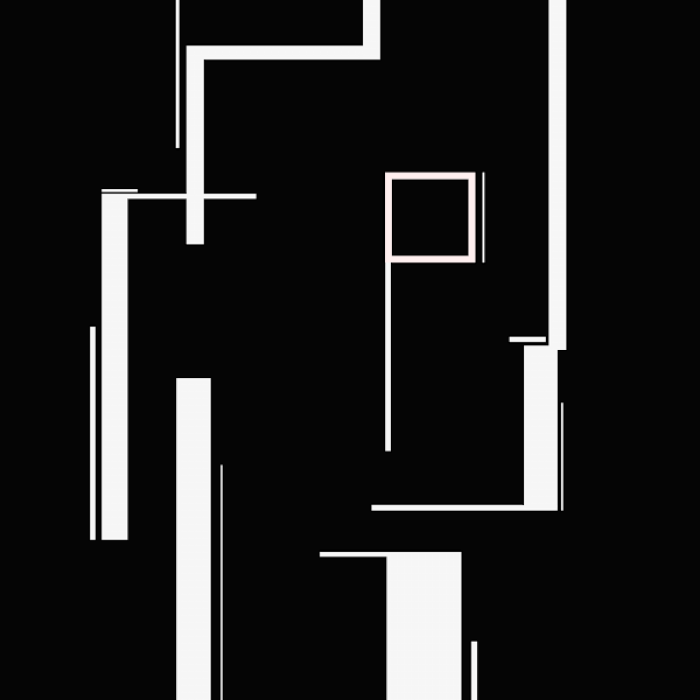
Bauhaus
This Punk is inspired by CryptoPunk #328 and artworks of Oskar Schlemmer. SupremePunk is a reinterpretation of the Bauhaus logo, which was invented by Oskar Schlemmer in 1922. It is a stylised human profile, in which a square represents the eye and three vertical rectangles positioned underneath each other at an offset position - the nose, lips and chin.
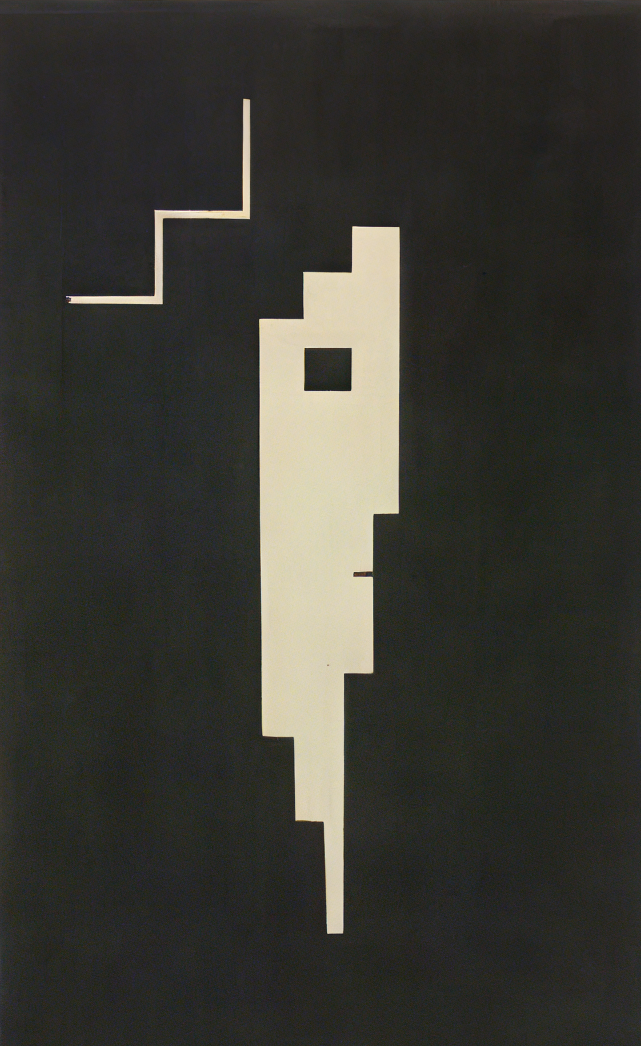
O. Schlemmer — Poster for the Neuer Kunstsalon, 1913
It is no coincidence that this logo recalls the characteristic graphics of the Dutch group De Stijl, actively promoted in Germany from 1920-1921 by one of its founders, artist and theorist, Theo van Doesburg.
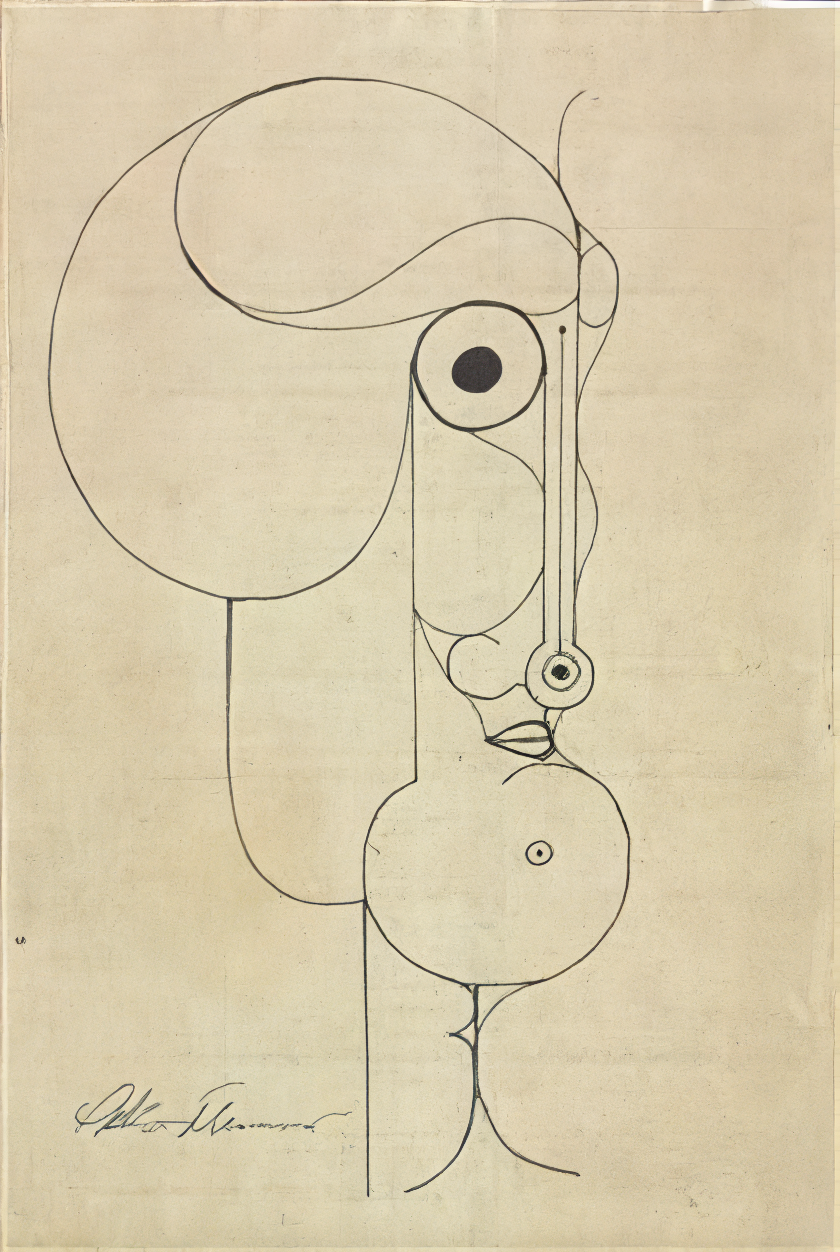
O. Schelmmer — Virgo-Gemini aesthetic (Bauhaus), 1919
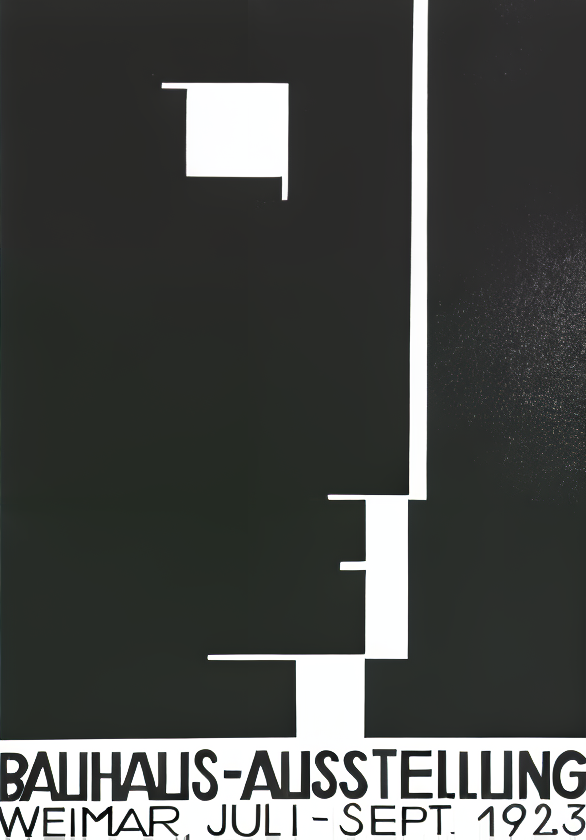
Bauhaus logo
The painting symbolises power and freedom, paying tribute to the Bauhaus school, which was the epitome of freedom for architects, designers and artists in the 20th century. The overall composition of the painting is precise and accurate. The lines are deliberately free and unconstrained, adding to the dynamics of the work. The vertical orientation of the lines symbolises flowing paint - one of the artist's main tools and an essential element of the Bauhaus itself.
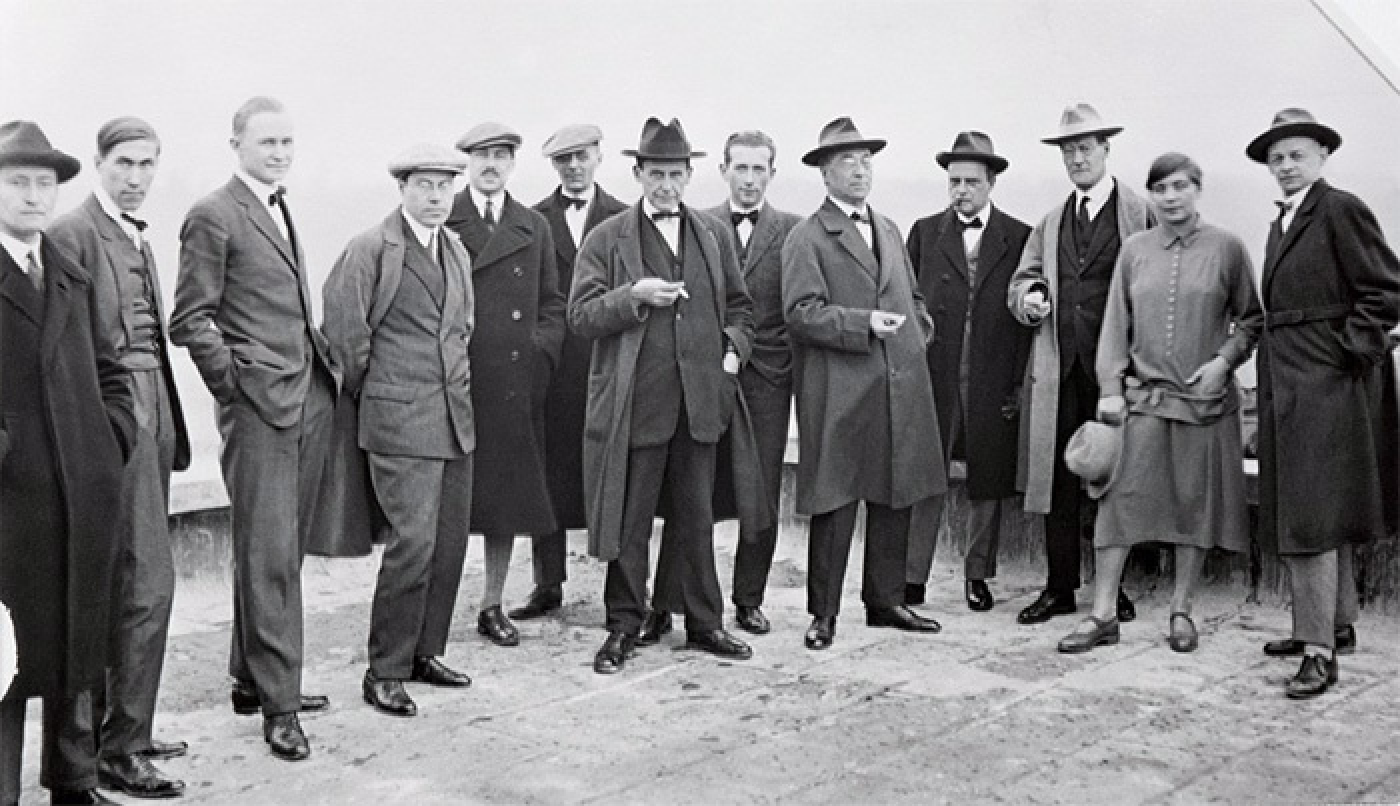
Bauhaus teachers
The Bauhaus - a high school for construction and artistic design, was established immediately after the First World War in Weimar. The school did not just teach painting, sculpture and architecture - it embodied the idea of a synthesis of arts and crafts with the aim of organising one's living space according to the laws of art. The school's director, Walter Groppius, assembled a unique teaching team: Vasily Kandinsky, Paul Klee, Laszlo Mohoy-Nagy and Johannes Itten. The students of the school developed designs, sketches and made objects based on them themselves in several workshops.
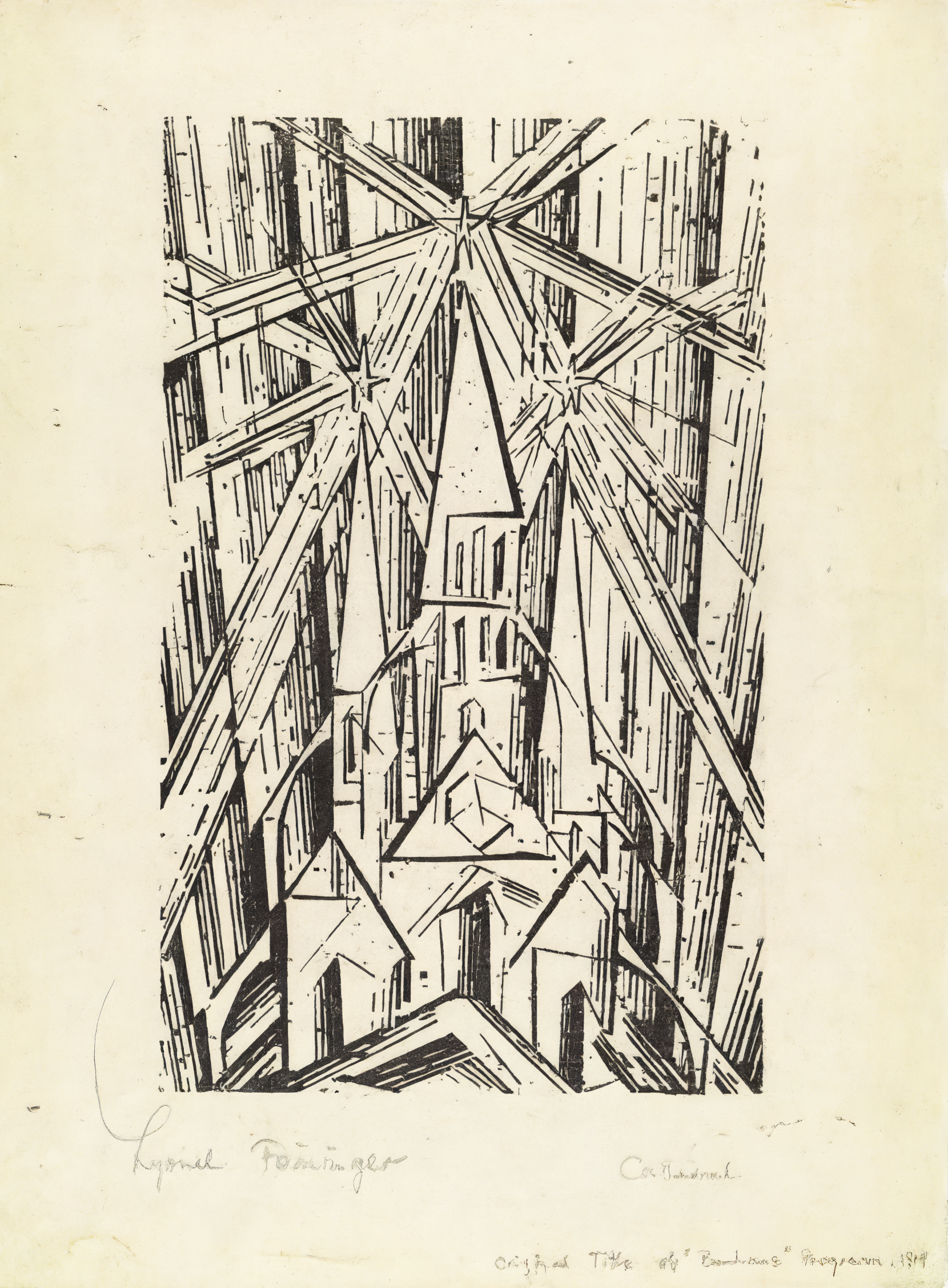
L. Feininger — Cathedral, 1920
Gropius believed that every artist should know the craft and that there is no difference between a painter and a craftsman. He devised the training programme at the Bauhaus himself. A large part of it had to do with manual work. He was convinced that manual and machine work are not inherently different, differing only in the scale of production possible. Only a person who knew the craft and worked with the materials could operate the machines in a quality and professional manner. He wanted students not to draw on paper but to work with materials and create realistic objects. He laid down these and other principles in a 1919 declaration. "Architects, sculptors, painters, we must all turn to crafts". The revolutionary spirit of the manifesto was in keeping with the spirit of the post-war period. The manifesto was accompanied by the engraving "Cathedral" by Lyonel Feininger. This engraving, like the author's painting, is a starting point for rethinking and modernisation.
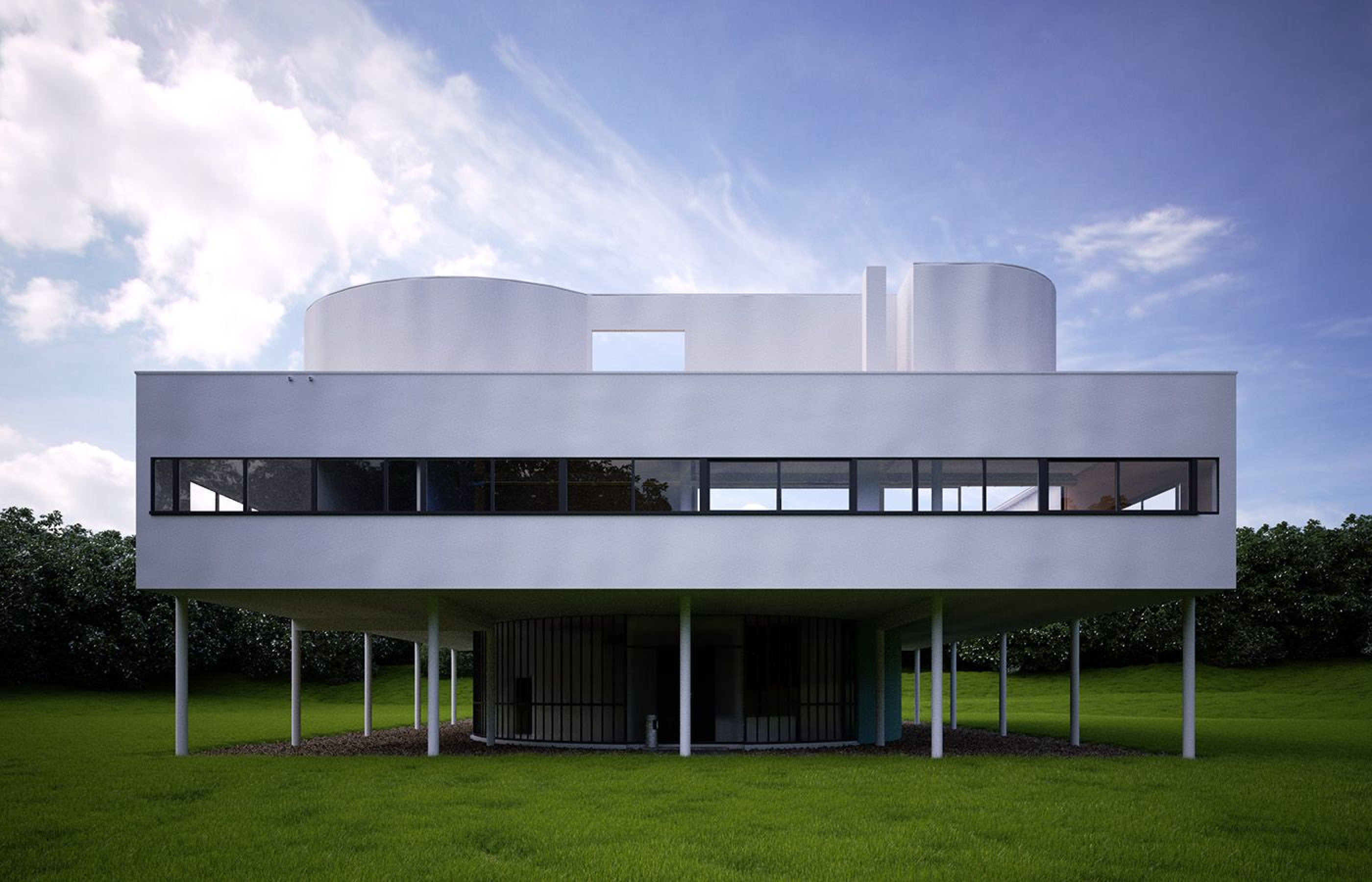
architecture style by Le Corbusier
The composition of the painting refers to the images of 20th century architecture. Simplifying and rethinking the functions and forms of objects was the main task of architects. Le Corbusier formed 5 principles of architecture in his manifestos:
1) pillar posts.
2) Roofs-terraces
3) Freedom of design
4) Striped windows
5) Free facade.
All the houses built by Le Corbusier deal with the same problems: the infusion of functionality and the search for new solutions to link interior and exterior. In the modern world this is also successfully applied - any building space, if desired, can be opened up in any direction, in terms of design. Punk in its own way echoes the horizontal, graceful forms supported by the pillars designed by Ludwig Mies van der Rohe and Le Corbusier.
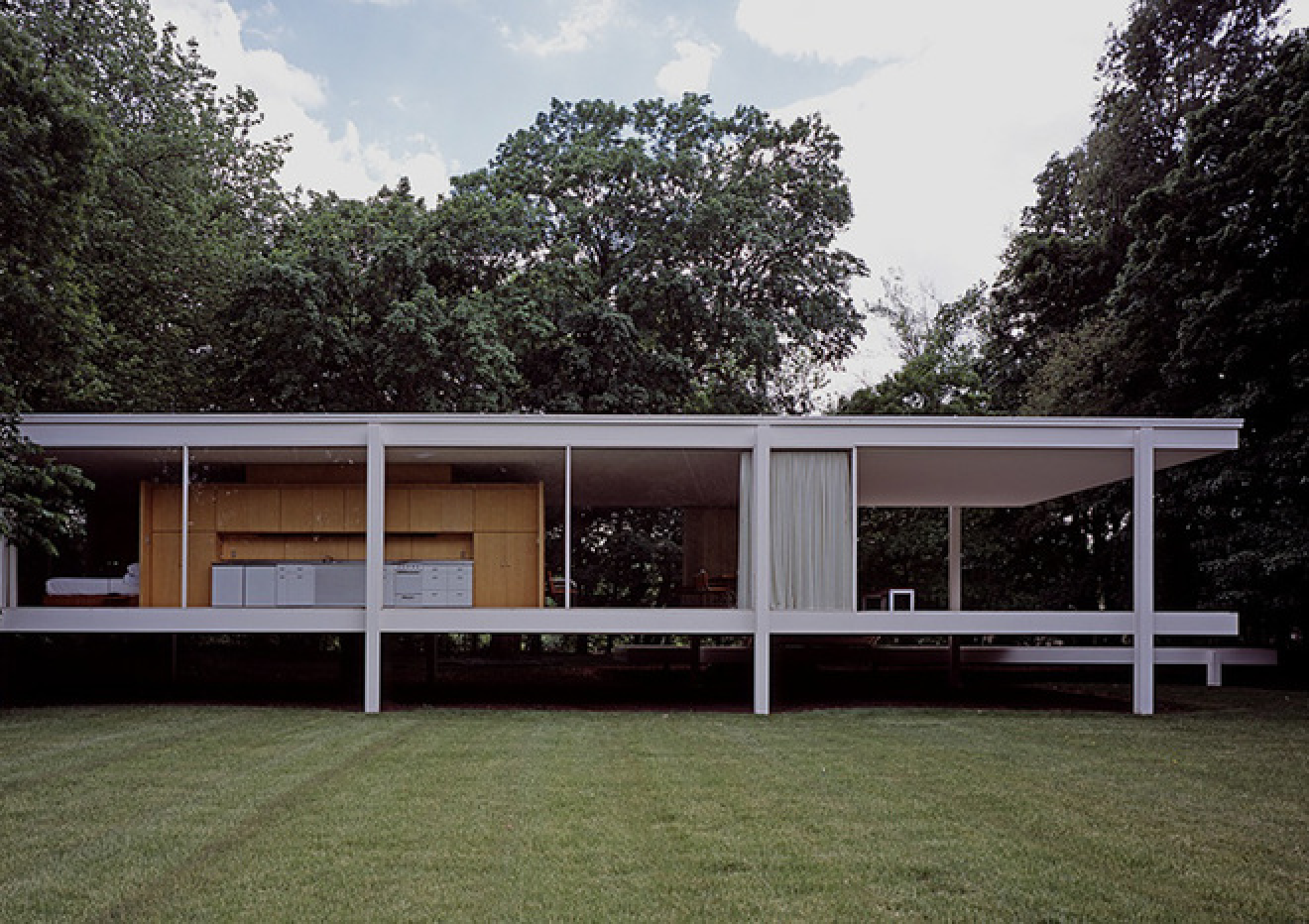
Ludwig Mies van der Rohe (Farnsworth House in Illinois)
Van der Rohe literally creates spaces of silence, embodying his main principle, which became the architectural credo for thousands of architects and designers of the 20th century: 'Less is more'.
In the same way that contemporary architects rethink the concepts and ideas of the Bauhaus school, the author of the painting rethinks the image of man and his image. The author does not seek to oversaturate, he follows and honours the main principle of van der Rohe, simplifying the form to better represent the image and its meaning.

Buy

Gallery:
CryptoPunk #328 that has been taken as a base

Your transaction is in progress

You have connected to the wrong network

Transaction is successful!


